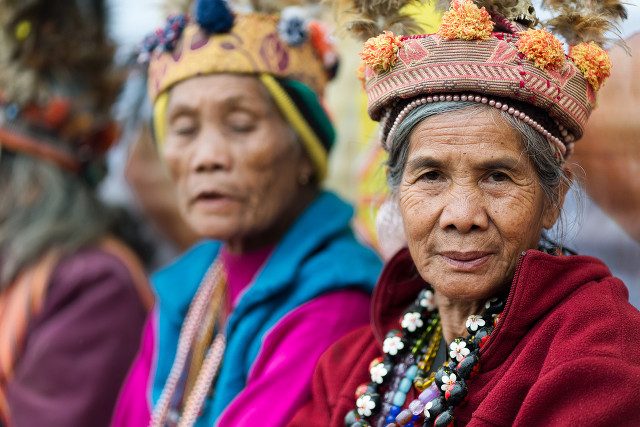SUMMARY
This is AI generated summarization, which may have errors. For context, always refer to the full article.

MANILA, Philippines – What is the proper response when faced with a misconception about your indigenous peoples’ group? For Jam Grace, those moments are opportunities to educate people.
In a Facebook post from November 24, Grace related an experience with a visitor who was visiting Baguio for the APEC holidays. When the tourist asked if Igorots frequented the area, she replied, “sir, Igorot po kami.” (Sir, we are Igorot.)
Grace said the event was not the first time she encountered misconceptions about the kinds of people that comprise the Igorot.
//Just want to share an incident with one of our transients last week (during APEC).Disclaimer: my purpose is not to…
Posted by Jam Grace on Monday, 23 November 2015
Incidents like these were common for Grace. Classmates would wonder if she was really an Igorot, asking her where her tail was (the tail referring to their native attires); and a friend once asked if there were any Igorots around, not realizing Grace herself was one.
The post has since been shared 2,202 shares and many of the commenters – some of whom lived abroad – said they had the same experiences and they were proud to call themselves Igorot.
Not homogenous
The incident made Grace realize that people have their own preconceived notion of what an Igorot would look like: dark-skinned, kinky-haired, and wearing the traditional outfit. Others, she said, may have the idea that the children and elderly begging in the streets are all Igorot, although some of them do.
Faced with the tourist’s question, Grace chose to correct the person’s understanding. She told him that almost all the houses in Loakan are owned by the Igorot and Baguio natives are also predominantly Igorot.
However, “Igorot” is a collective term for the various indigenous peoples’ (IP) groups living in the Cordillera region. The Ibaloi, Kankanaey, Ifugao, Bontoc, Isneg or Apayao, Kalinga are some of the more commonly-known groups.
In the 2007 population projection of the National Commission of Indigenous Peoples, IPs in the Cordillera Administrative Region numbered 1,470,977. Their projection showed that Benguet had the highest population of IPs with 634,777, a majority of whom were the Kankanaey.
To change the way people see the Igorot and to avoid lumping the various people under the term, Grace called others to “take action to change their opinion.” She added in Ilocano, “Let us take this opportunity of having many tourists visiting us. Let us show them what being Igorot means.” – Rappler.com
Add a comment
How does this make you feel?
There are no comments yet. Add your comment to start the conversation.